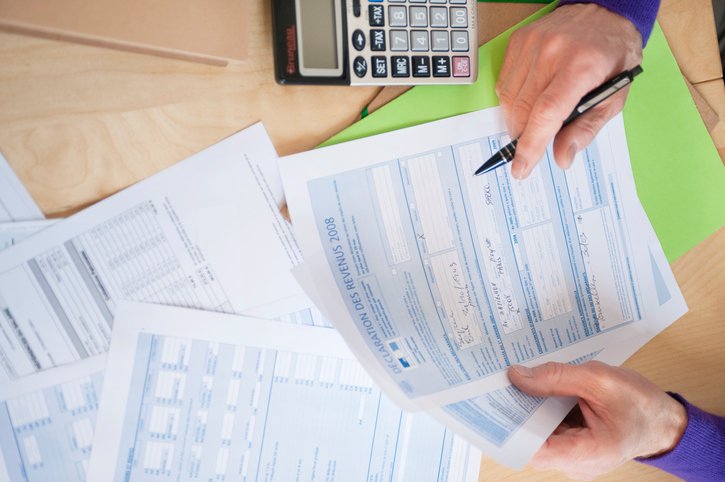Are you a freelance graphic designer? While you may have a talent for creating inspiring visual content, when it comes to tax and accounting, you feel completely in the dark. As a freelancer, it’s important to know the ins and outs of your tax obligations to avoid any hiccups or, worse, hefty fines. Here’s a quick guide to help you learn the ropes.

4 tax tips for freelance graphic designers
1. Stay on top of your tax
When you’re self-employed, you’re personally liable for your tax debts, so you’ll need to put money aside for tax. How much you put away will depend on how much you earn from your freelance endeavours. Because the Australian Taxation Office (ATO) recognises this income as personal income, you’ll be subject to the same individual income rates as everyone else. One way to stay on top of it is to open a separate bank account, where you can transfer the money you expect to pay in tax at the end of the year. Failing to put aside the correct portion for income tax could leave you with a hefty fine come tax time.
2. Keep a record of your expenses
Any money you spend on goods or services directly related to running your graphic design business can be claimed as a tax deduction. For example, if you work from a home office, you can claim a portion of your rent or mortgage, heating, cooling, and Internet expenses. Other expenses you can claim include website expenses and domain fees, and subscriptions to related tools, such as InDesign and Photoshop. To legitimately make a claim, however, you’ll need a detailed record of the expense and a receipt.

3. Don’t forget about superannuation
When you make the switch to being a freelance graphic designer, it’s important to remember that you no longer have a portion of your income funnelled directly into your superannuation. While you are not legally required to make personal contributions, the ATO allows you to claim any money you add to your super in the following year’s tax return. On top of this, low- to middle-income earners may be entitled to a co-contribution of up to $500 from the government.
4. Invest in online accounting software
If you’re feeling a little overwhelmed at all this tax talk, don’t worry – investing in online accounting software is a great way to simplify the process. QuickBooks Self-Employed comes with an easy-to-use app that allows you to keep track of your expenses, capture, and organise your receipts, and record your income. Accessible anytime, anywhere from your computer, tablet, or smartphone, it makes staying on top of your tax obligations a breeze. With the right information and the right tools, managing your own tax can be a walk in the park. Take these tips onboard so you can focus on more creative pursuits.
To find out more about your tax obligations, check out these resources.
Related Articles
Looking for something else?

TAKE A NO-COMMITMENT TEST DRIVE
Your free 30-day trial awaits
Our customers save an average of 9 hours per week with QuickBooks invoicing*
By entering your email, you are agree to our Terms and acknowledge our Privacy Statement.














